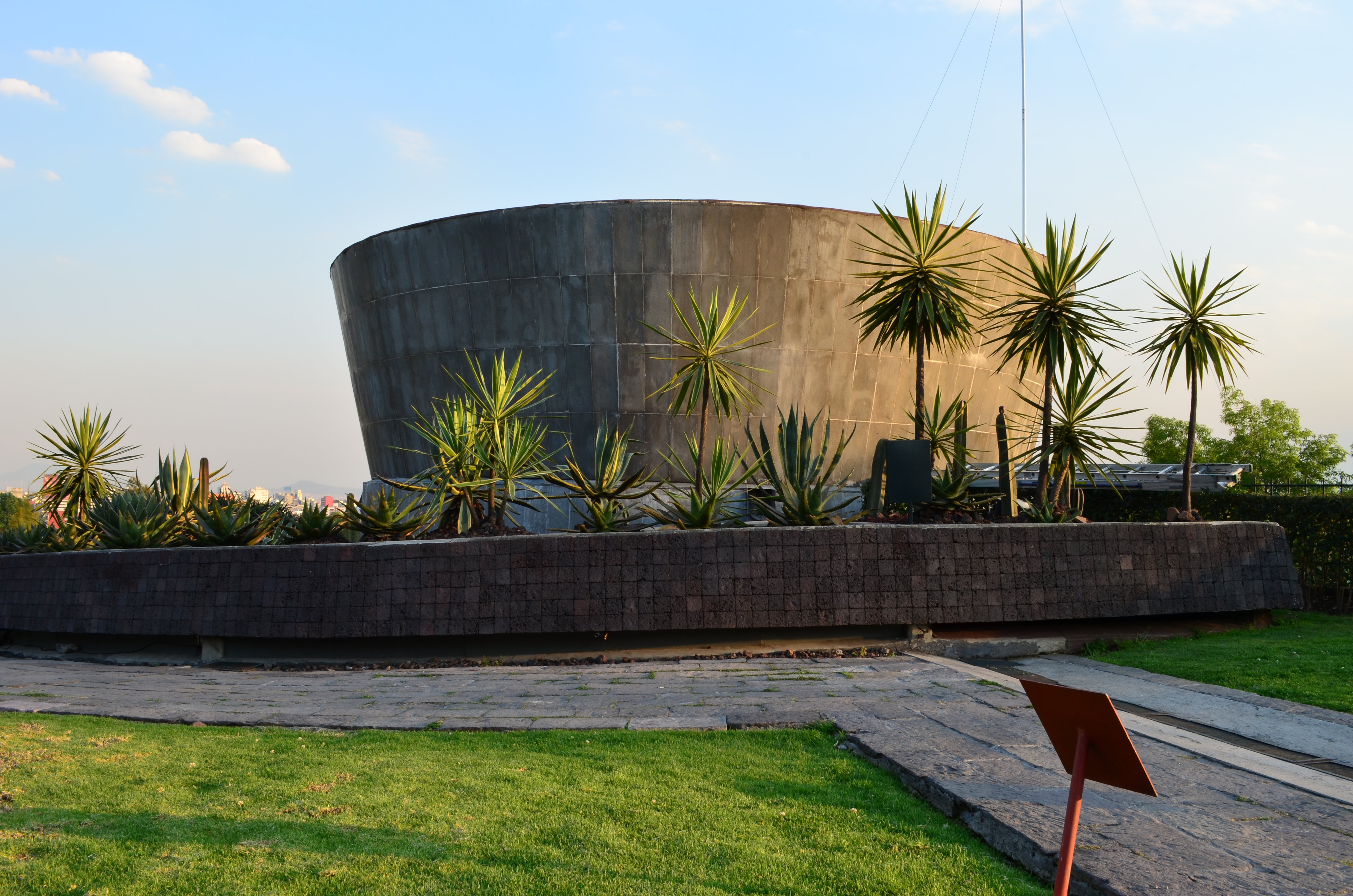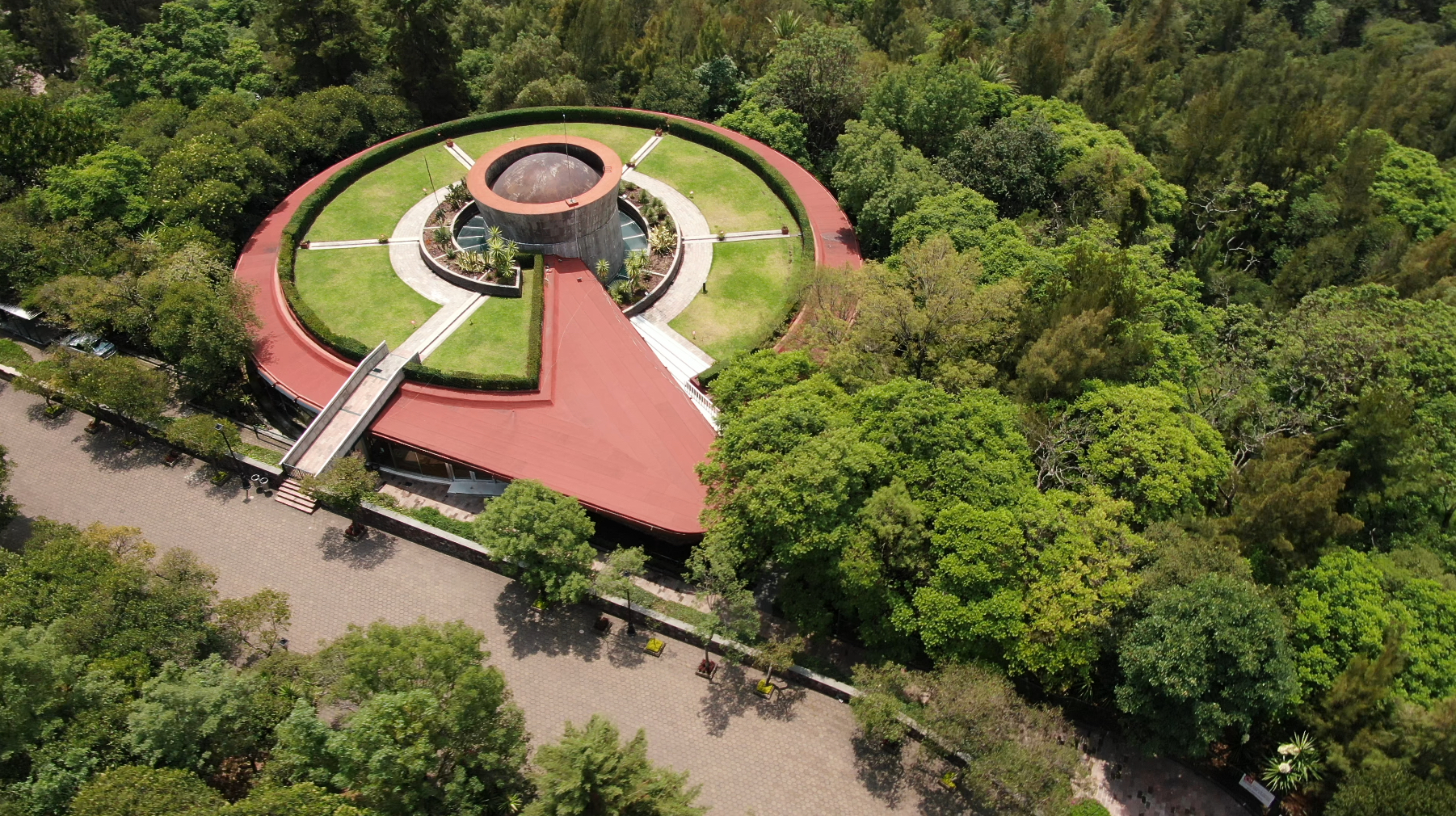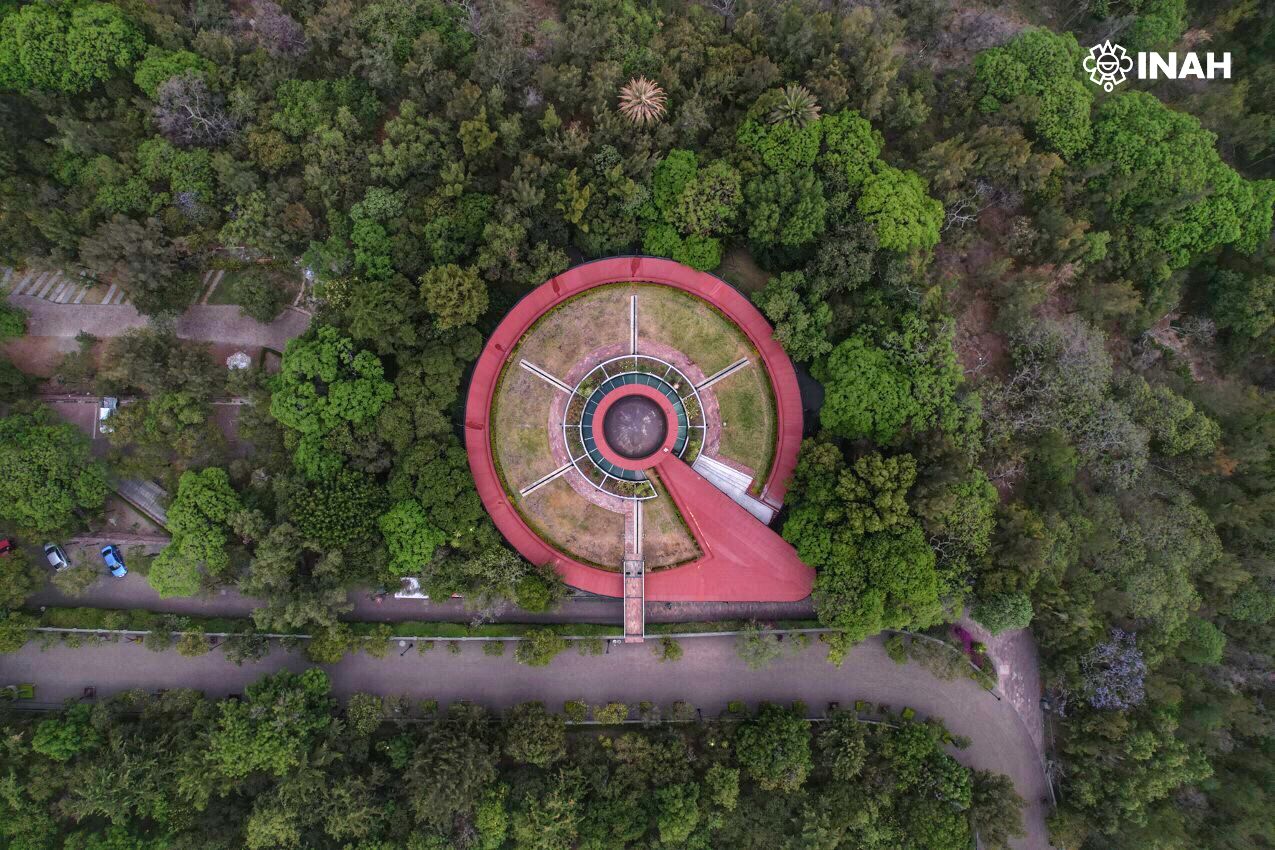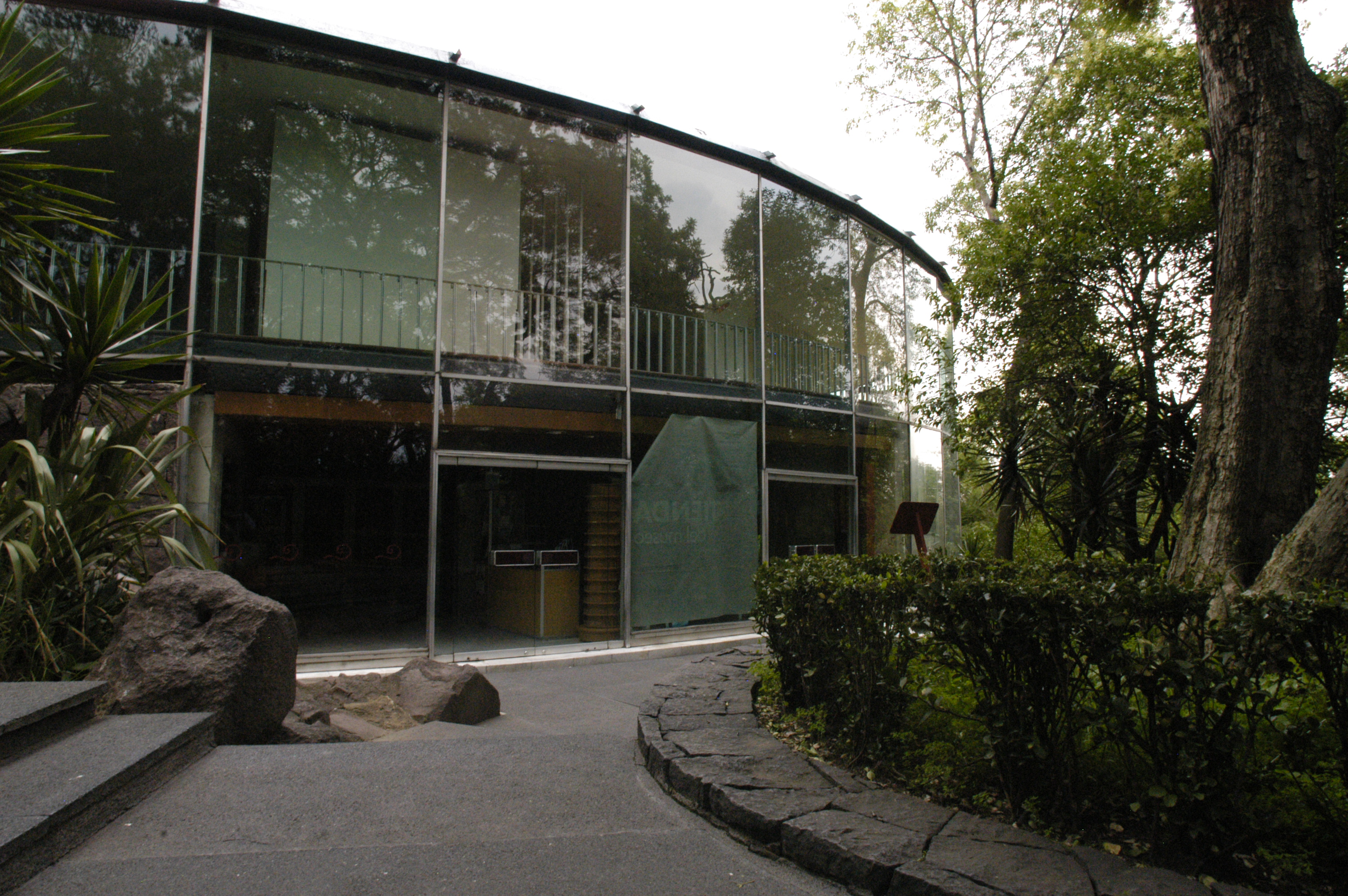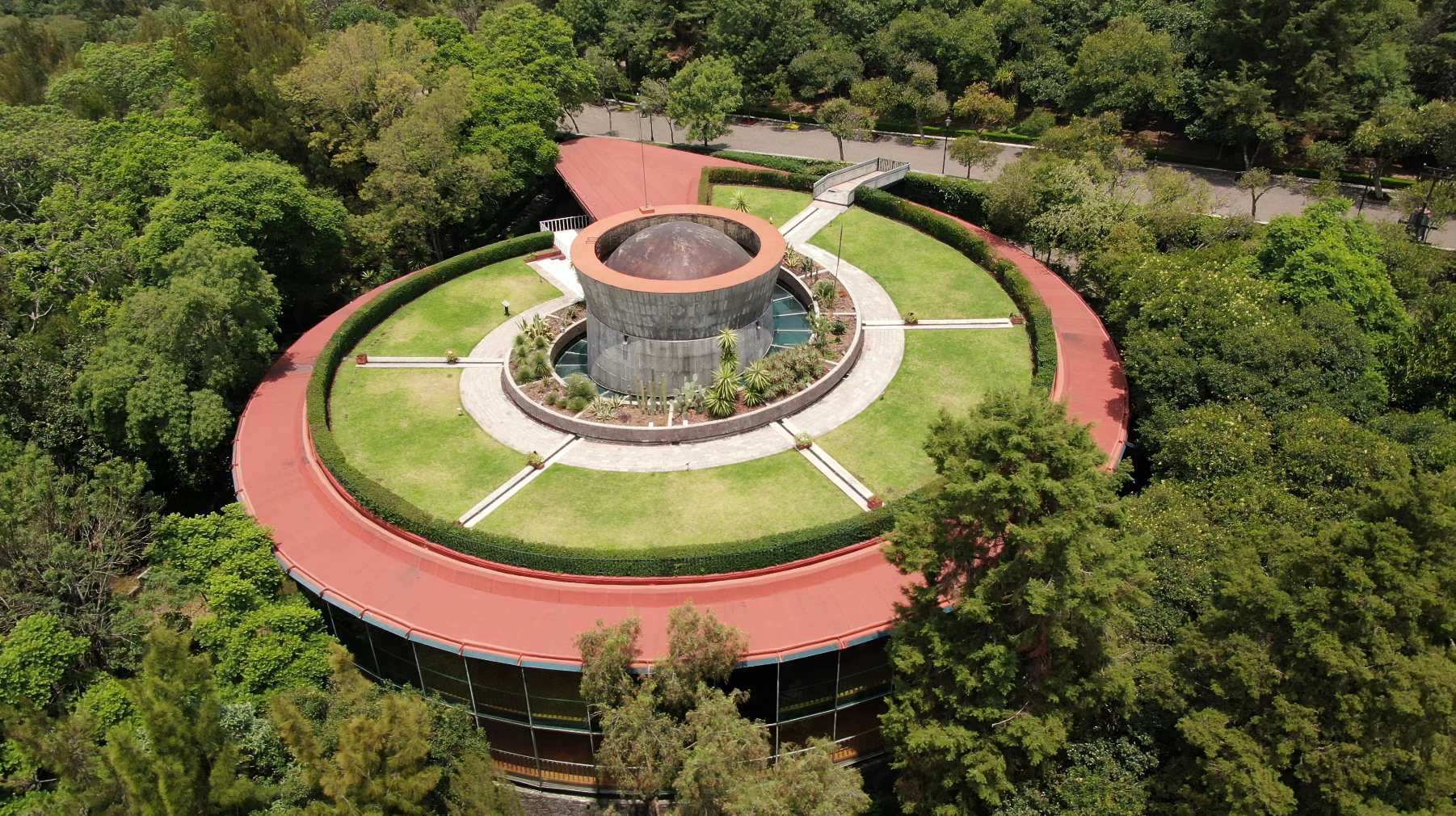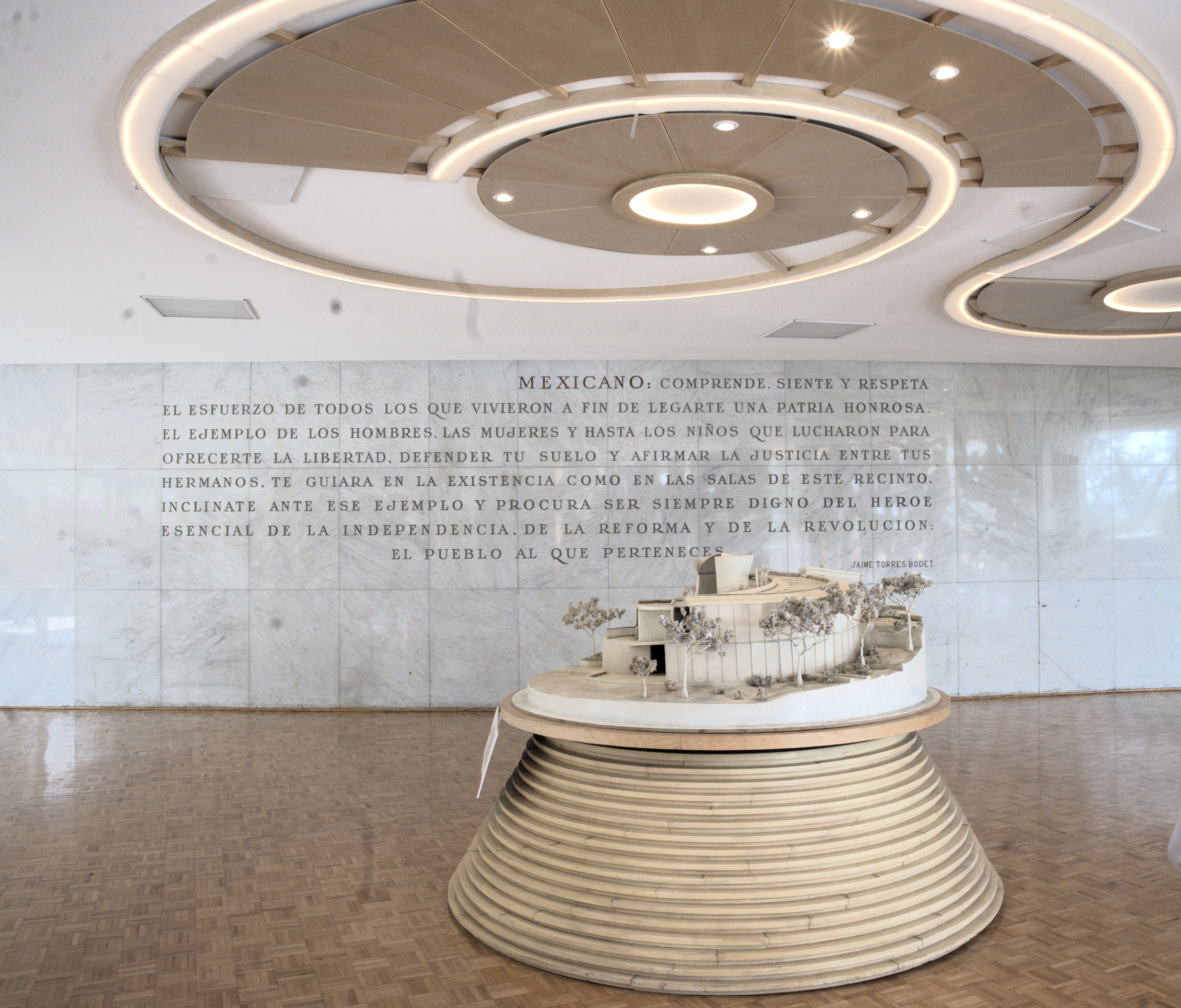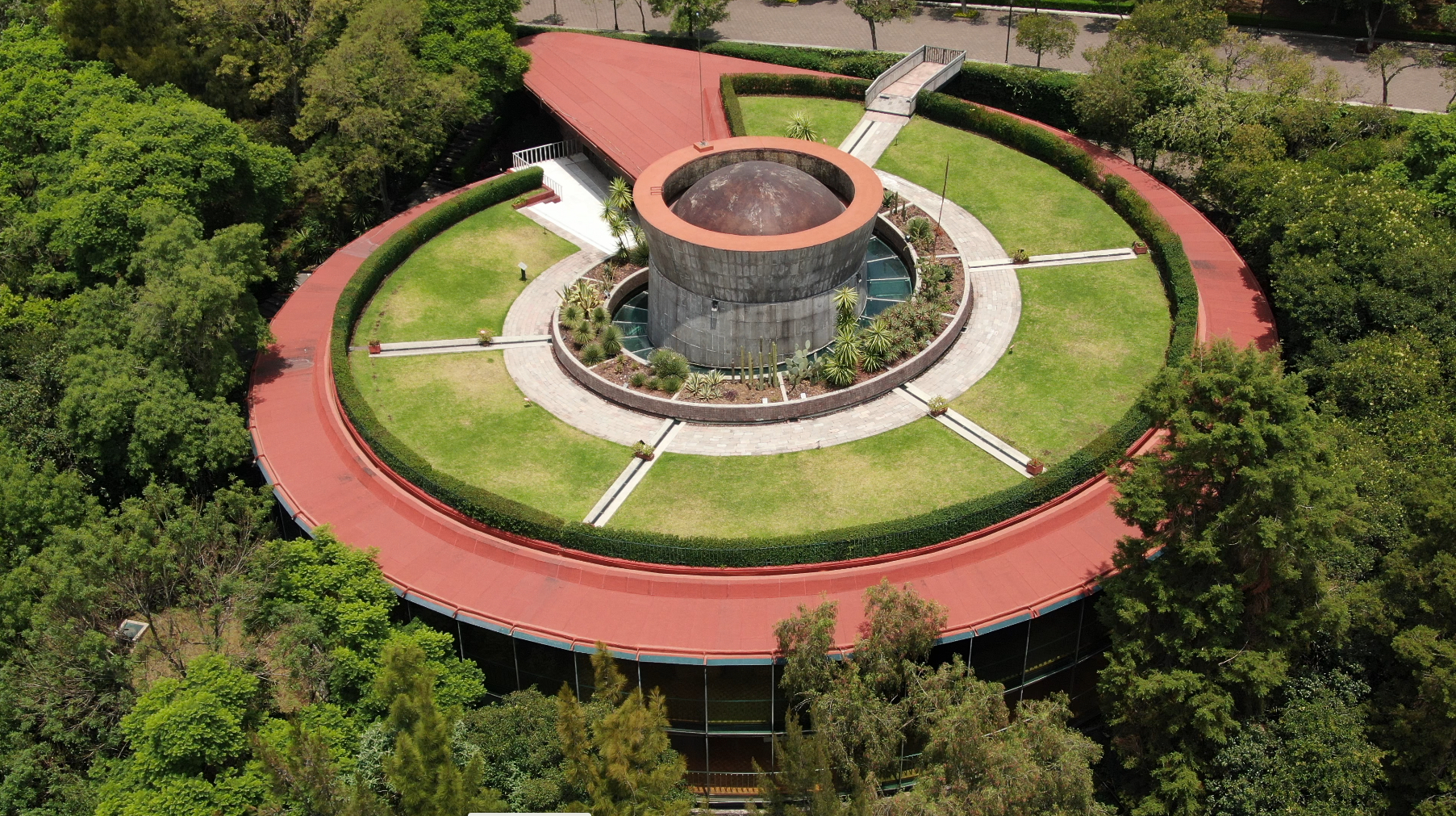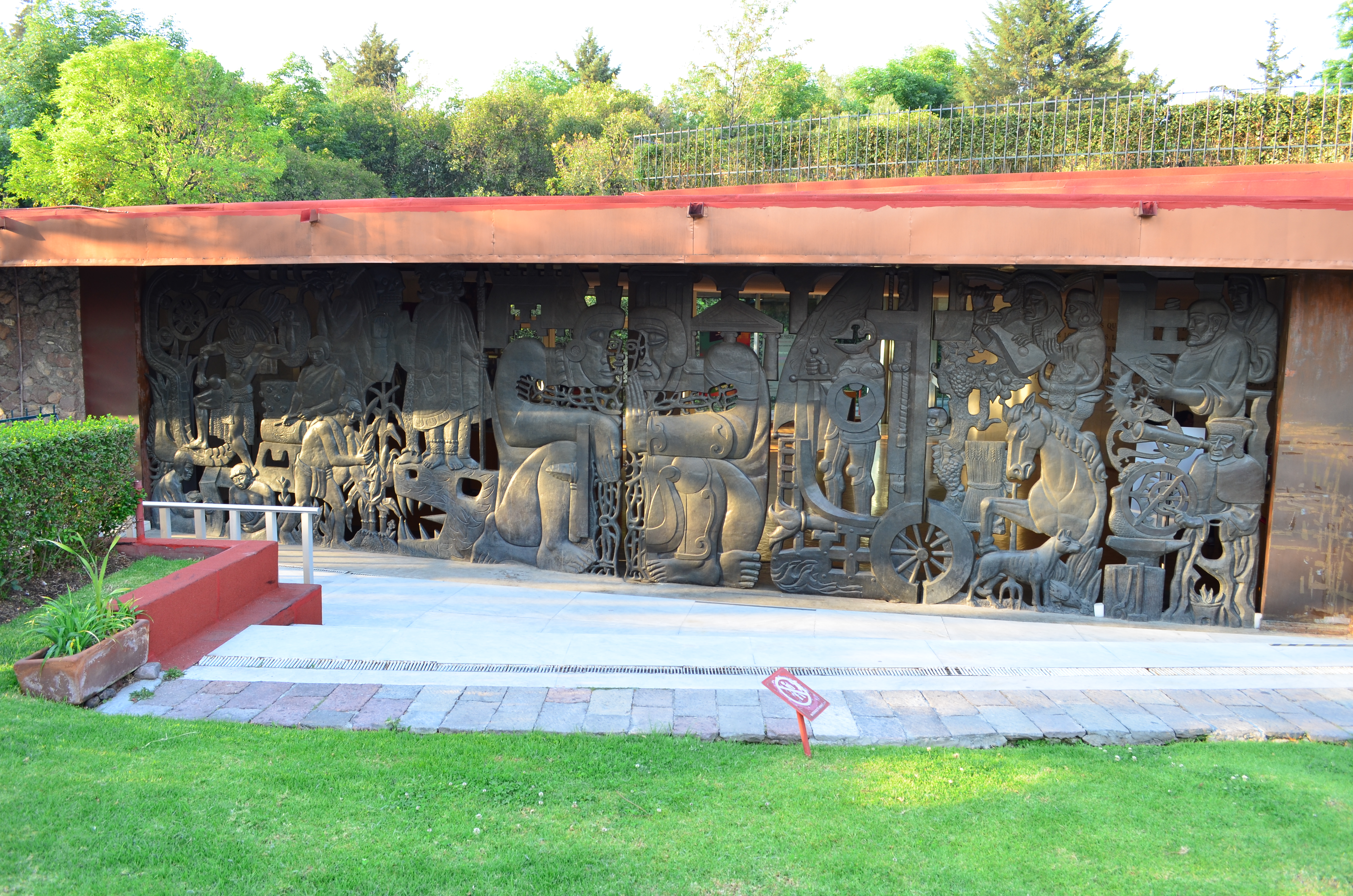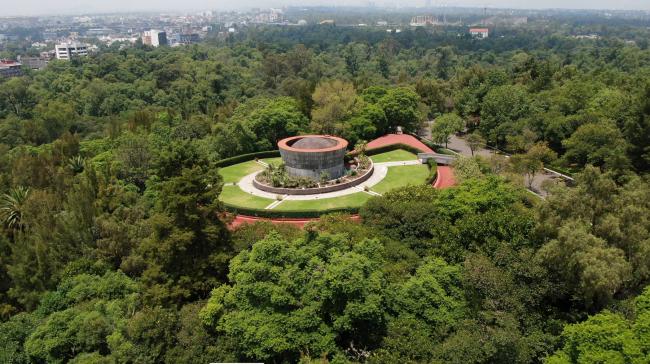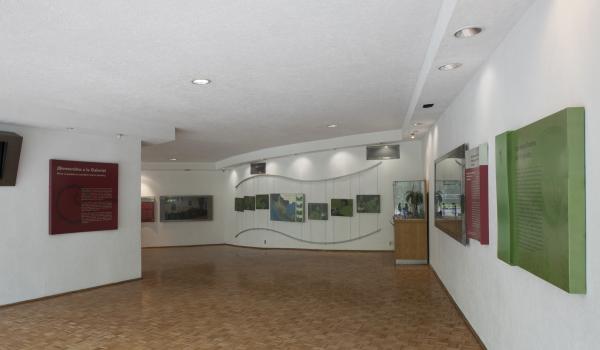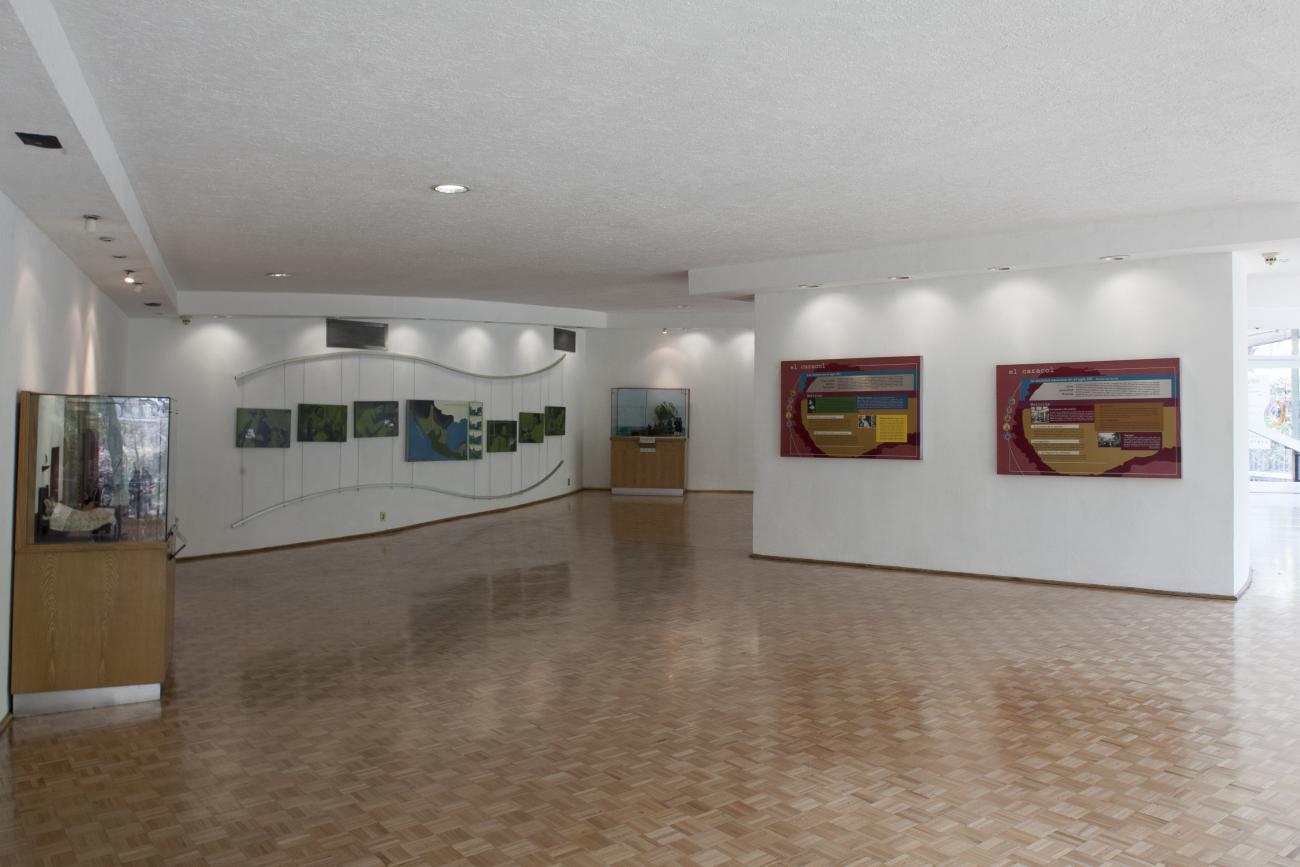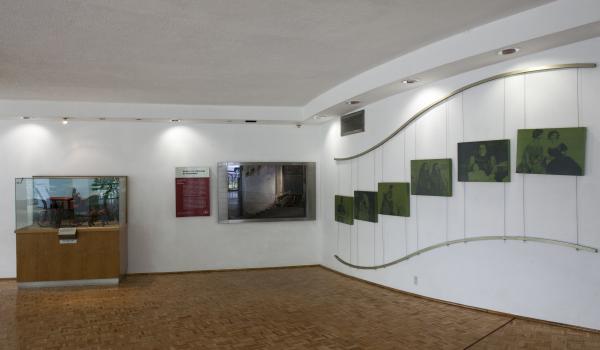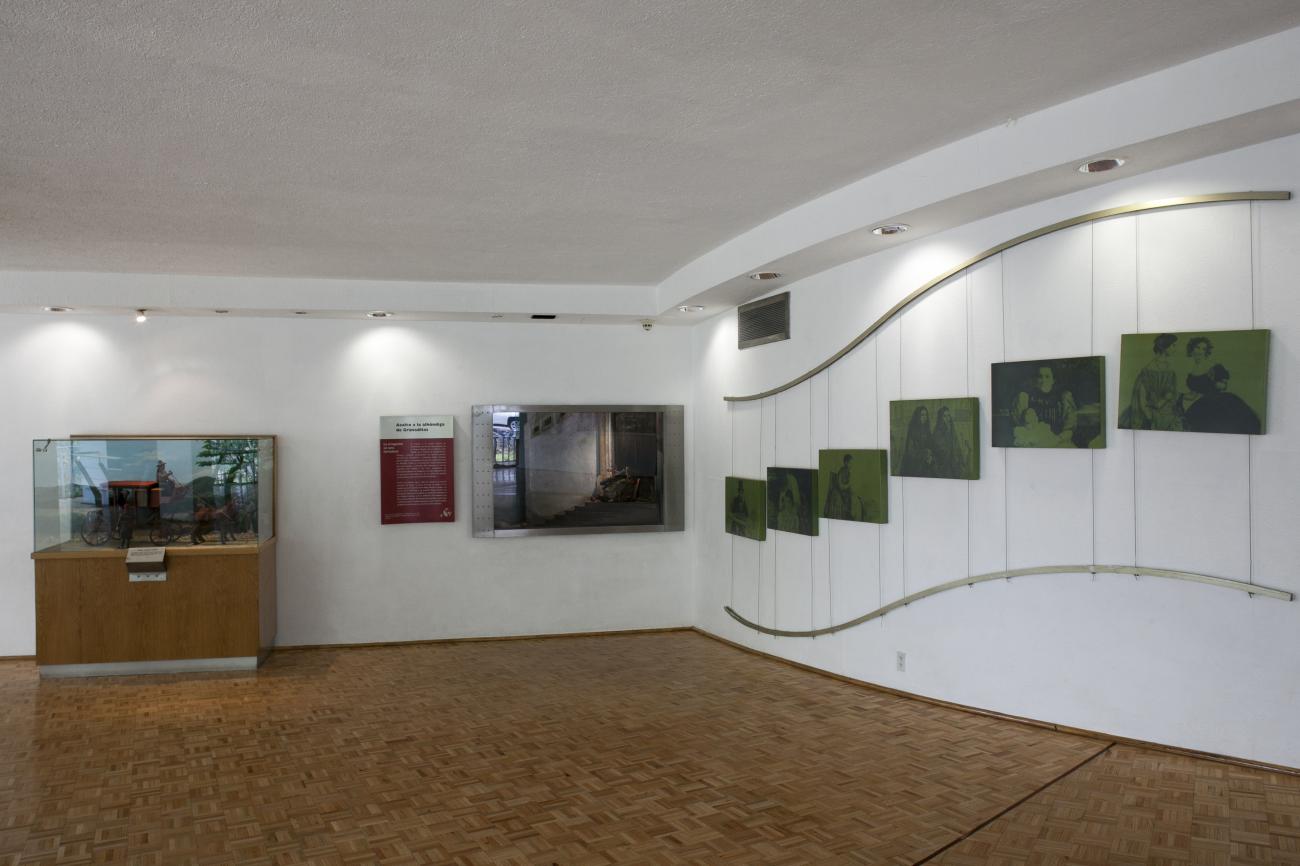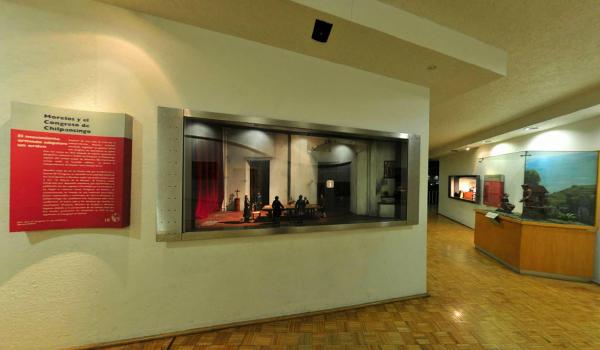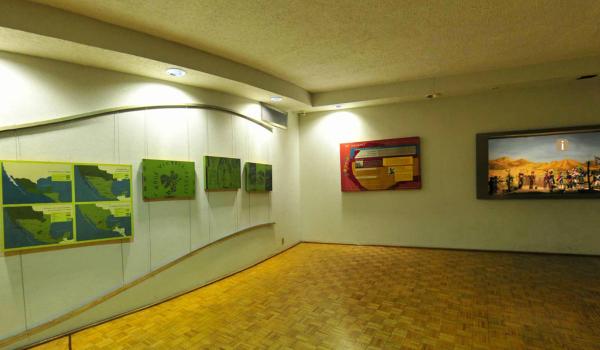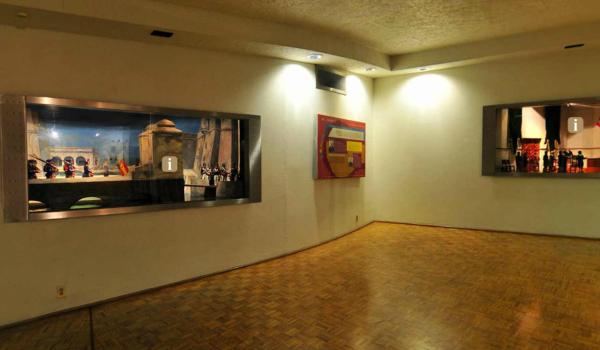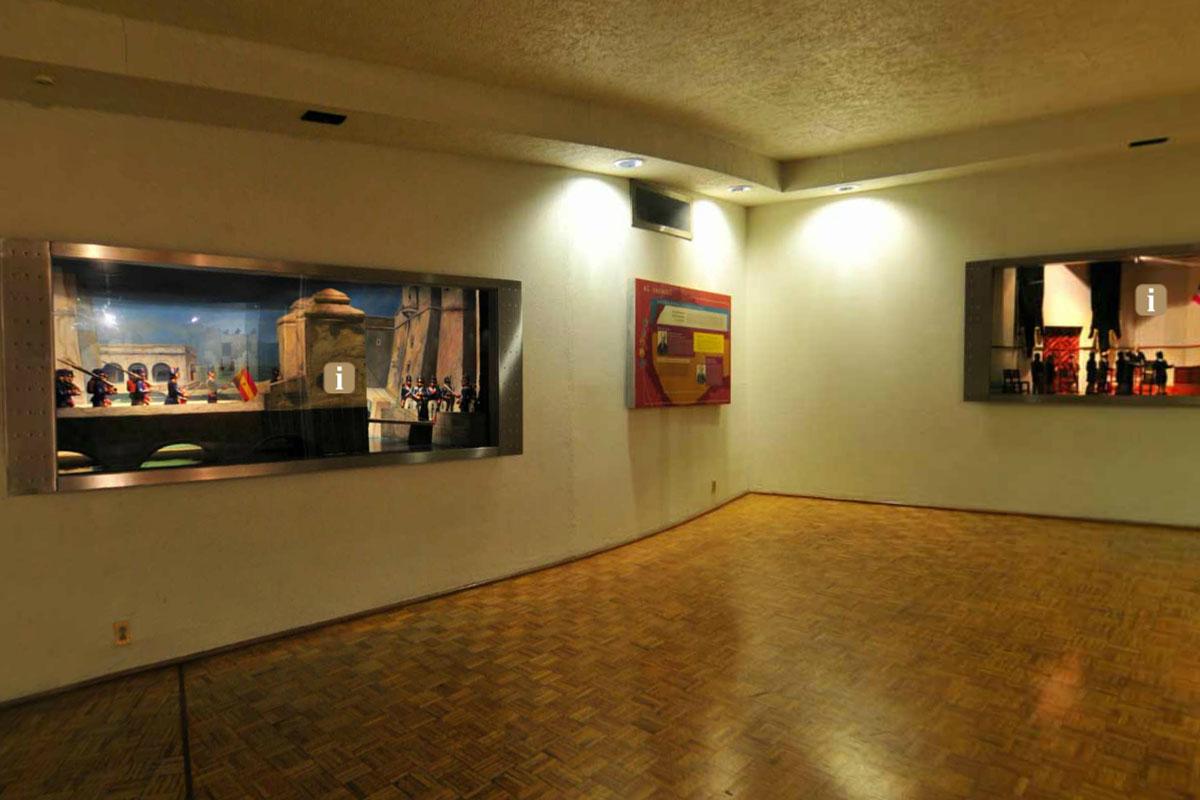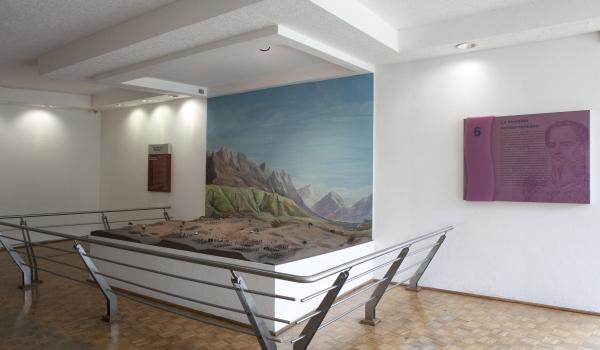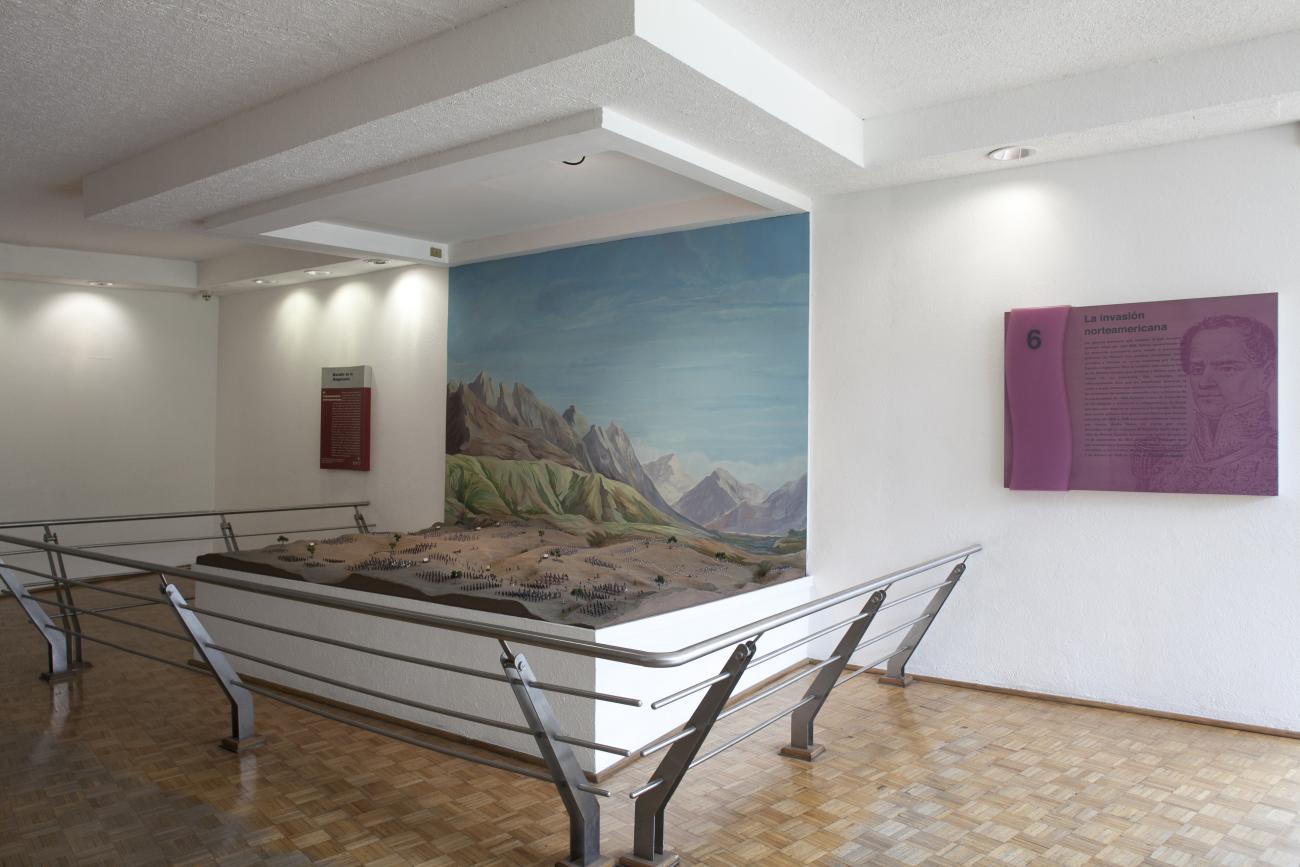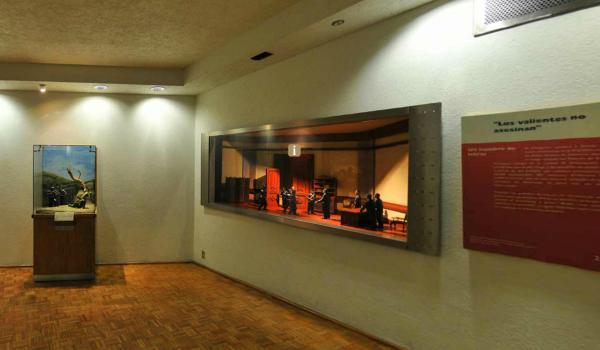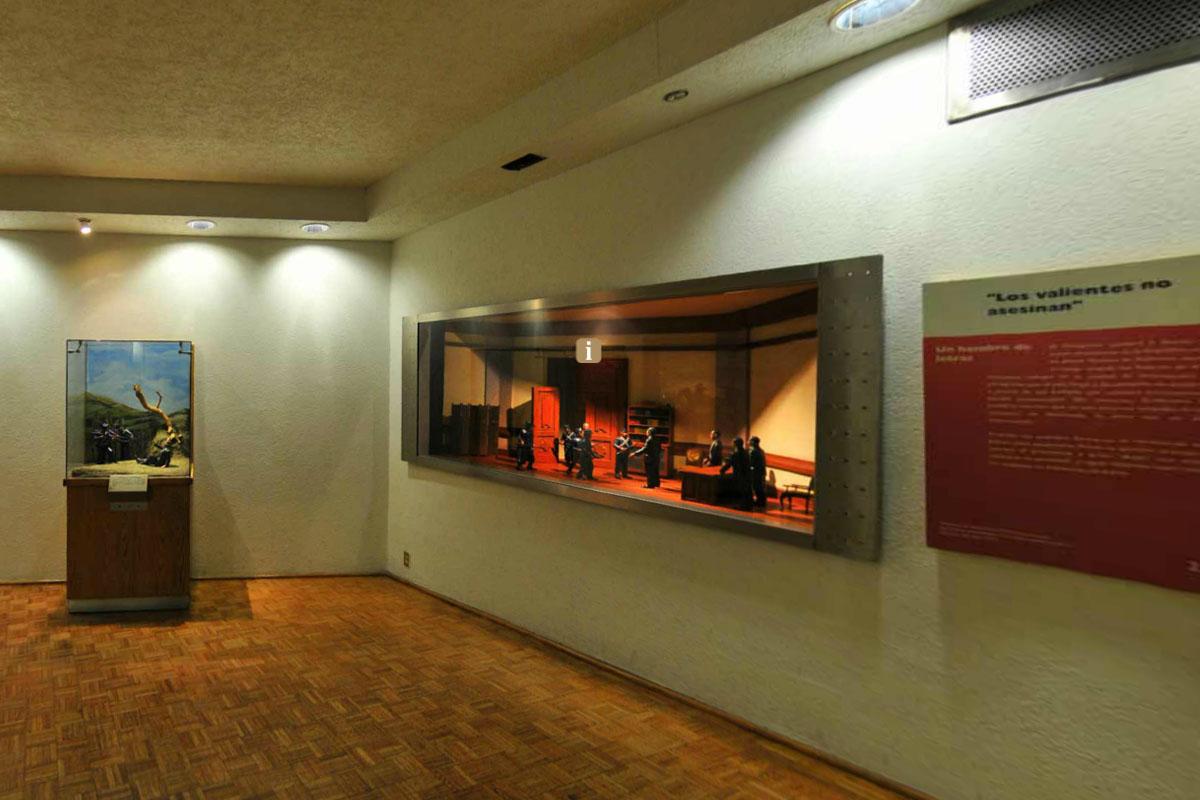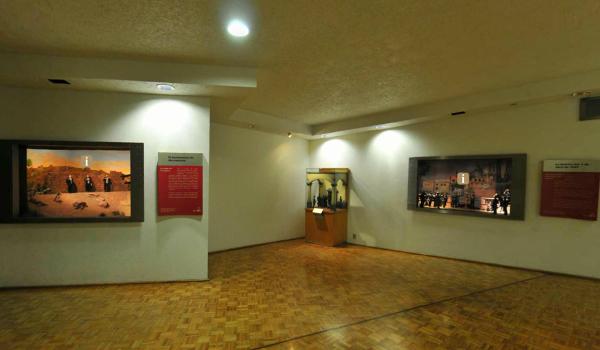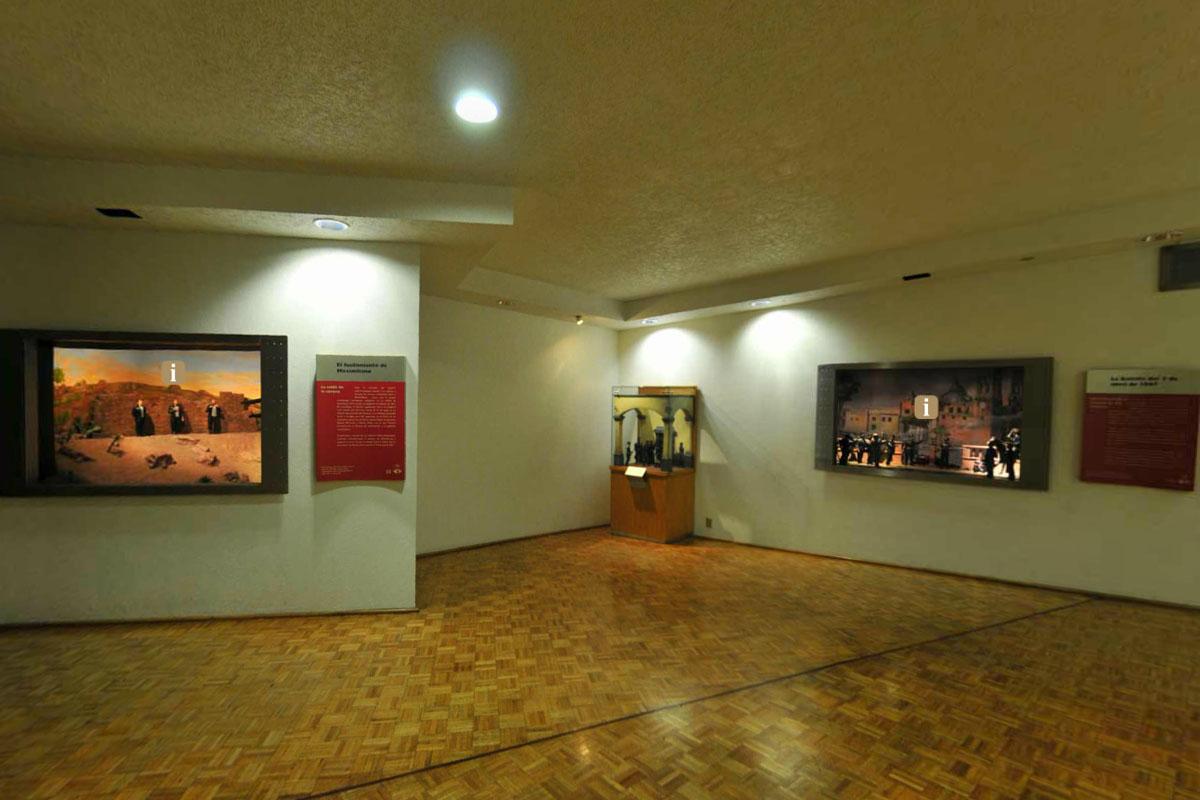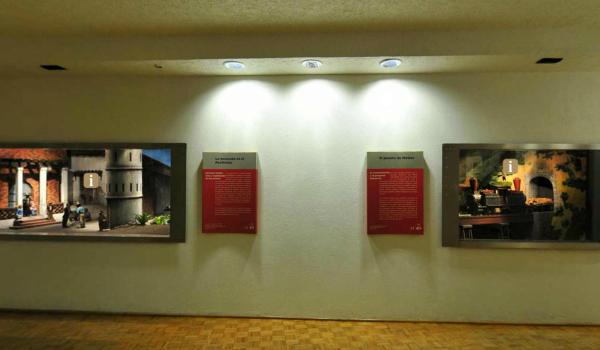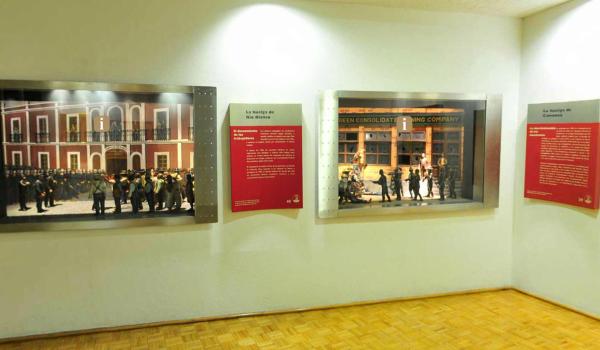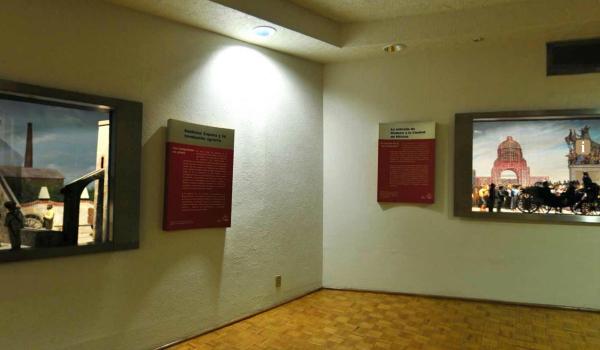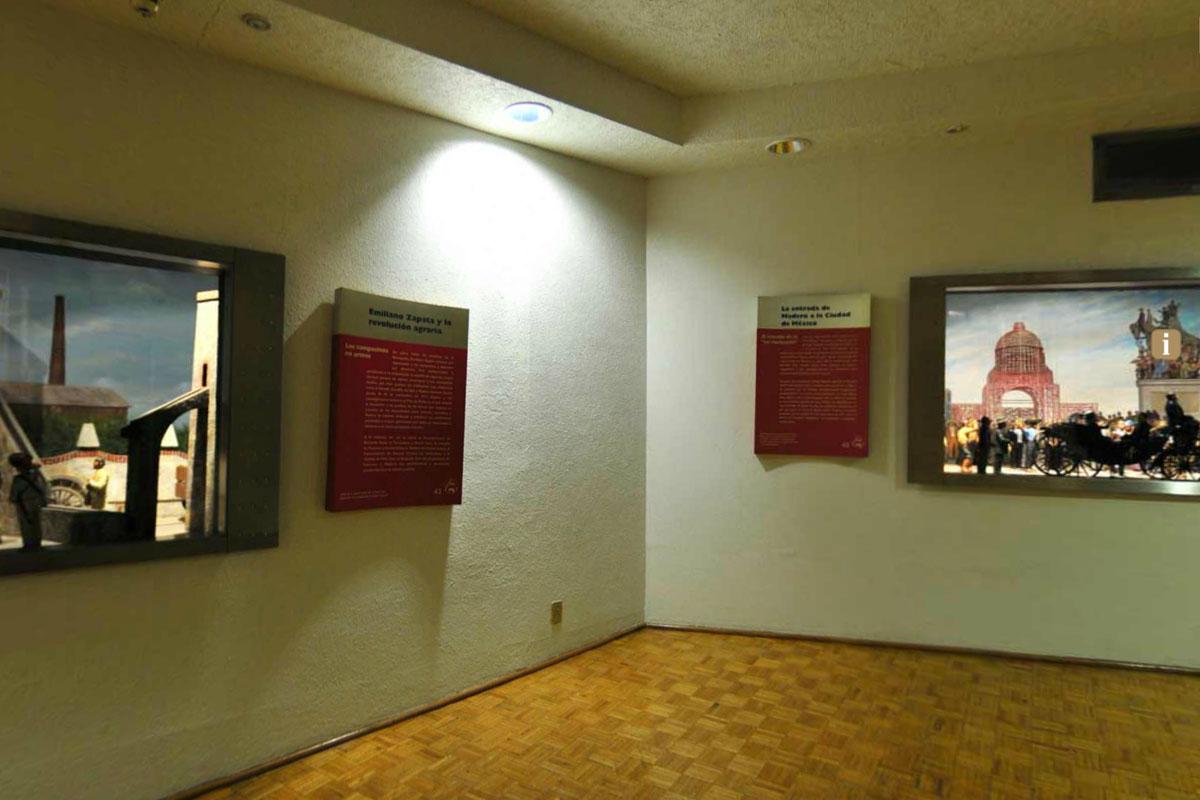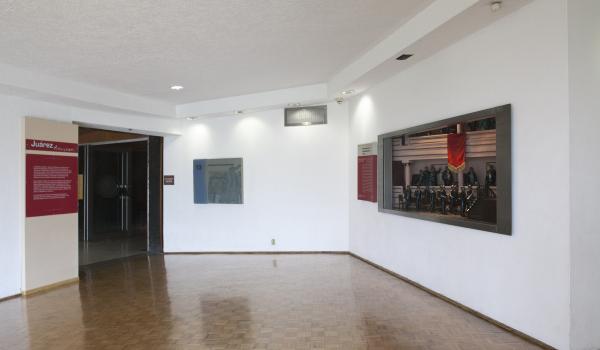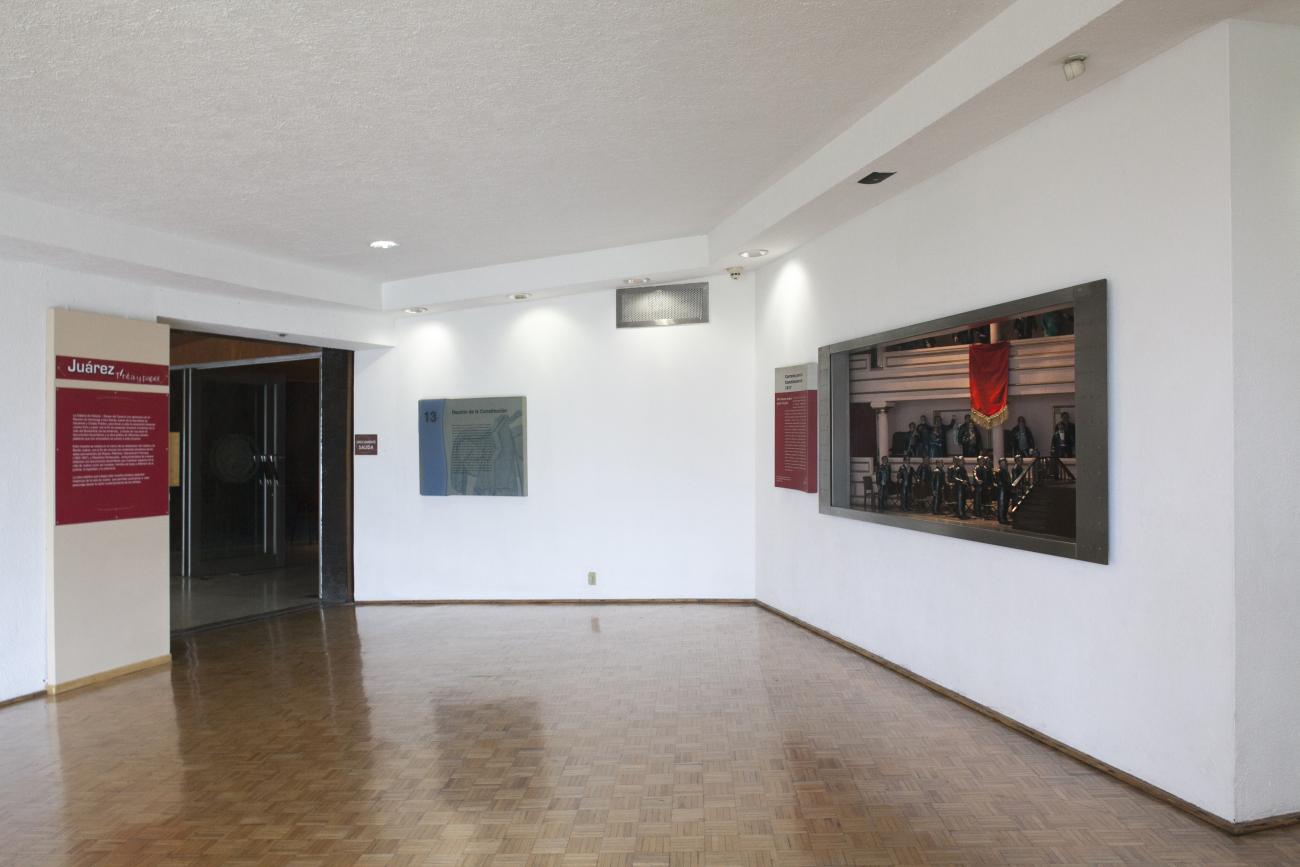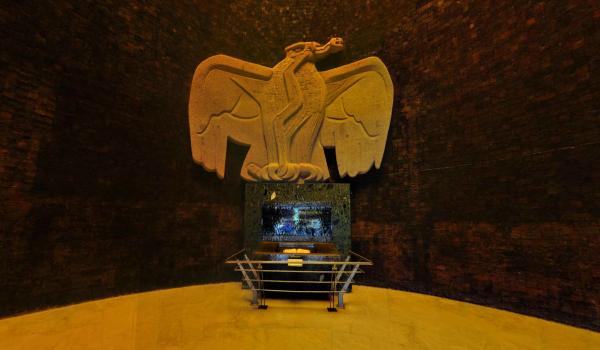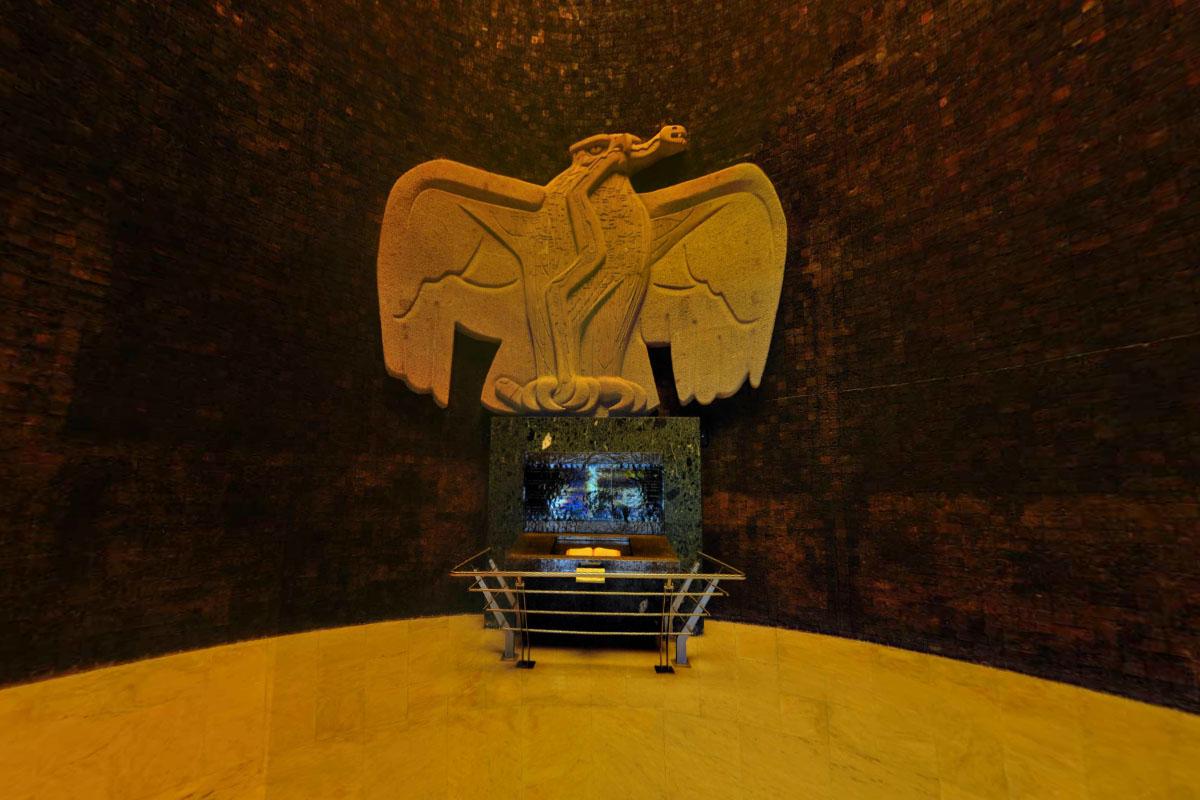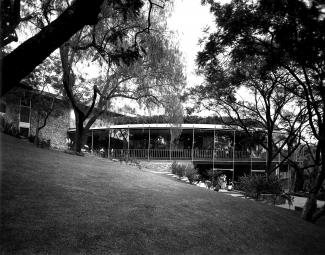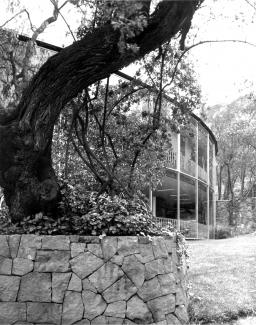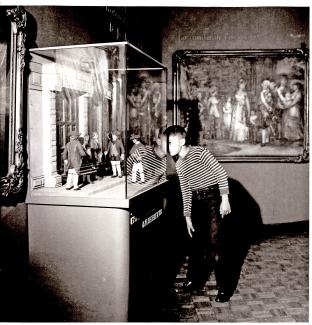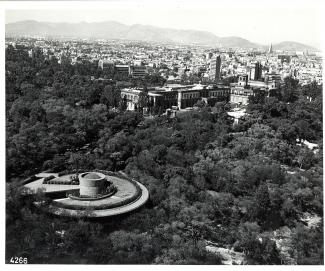The History Gallery was created in 1960 in a Mexico that was enjoying a boom, with its population gravitating toward the cities and a state seeking to promote modernity. The museum is the indirect result of the “Eleven Year Plan,” an initiative by Jaime Torres Bodet to combat illiteracy and improve basic education. It is also the outcome of the commemorations marking the 150th anniversary of the start of the War of Independence, and 50 years after the Mexican Revolution. The original idea was to build a space as an introduction to the National Museum of History in Chapultepec Castle, in order to explain to children and adults the defining moments in Mexican history from the end of the viceregal period until the promulgation of the 1917 Constitution.
Key figures participated in the project, among them Pedro Ramírez Vázquez, who made his first foray into the world of museums with this building. The architect designed the building to be implanted on one side of the Chapultepec Hill in the shape of a descending spiral, and as a result the museum was dubbed the Museo del Caracol—literally “the Snail Museum.” Historian Arturo Arnáiz y Freg directed the historical content; Federico Hernández Serrano put together the exhibition design; Íker Larrauri and Julio Prieto supervised the historical reconstructions; and Mario Cirett led the team of model makers.
This History Gallery was inaugurated by President Adolfo López Mateos on November 21, 1960. Cutting-edge technologies of the day were used: no ancient artefacts were to be found anywhere in the museum, which instead used dioramas, miniature theatrical representations and models. The historical settings were given sounds and small dramatizations to bring the past to life for the general public. The Museo del Caracol’s exhibitions became a landmark and served as an example for later museums to follow. Videos have now been added to its original collection.









